With AN-X, Yamaha has put three-decade old Virtual Analogue technology into its latest flagship synth, the Montage M. Here's why that's a great thing
If nothing else, it gives us chance to look back at some fabulous '90s synths - step forward the Clavia Nord Lead, Roland JP-8000 and, of course, Yamaha's AN1x
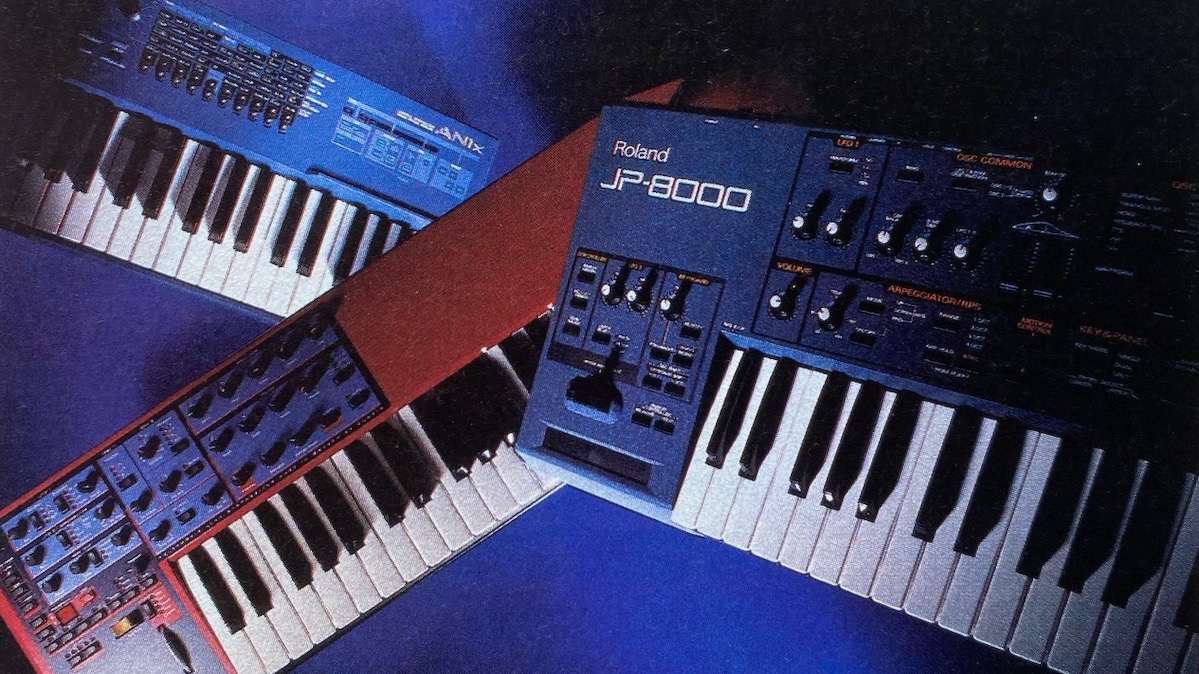
Yamaha's latest Montage M synth is packed with just about every feature a synth player could demand in 2023. One of these is AN-X, a new virtual analogue synth engine that draws inspiration from the one from Yamaha's classic 1997 synth, the AN1x. And we think that already makes Montage M brilliant.
Those of you of a certain age will know what we're talking about when we get excited over the mere mention of the Yamaha AN1x. Heck, even the CS1x at a push. Certainly the Roland JP-8000. And most definitely the Clavia Nord Lead.
These, kids, were Virtual Analogue synths. The first ones. Not the virtual software recreations of classic synths that sit on your hard drives. These were actual hardware synths pretending to be classic analogue synths. And they were (mostly) quite brilliant.
With the latest Montage M, as we have already reported, Yamaha has included what it calls an AN-X engine, basically a virtual analogue engine stuck slap bang in the middle of one of the most up-to-date, most 'mothership' synths on the planet.
And you know what? We love it.
We love that there's this 30-year-old call back to a time when VA synths ruled the world. They might be totally uncool now, but without those Virtual Analogue machines, you wouldn't be using the software and hardware synths you're using today. VA synths changed everything. Here's why.
A (very) Little Synth History
The Yamaha DX7 and Roland D-50 took over. Music died (sort of).
The history of synths is a lot more complicated than you might imagine. But if you want to look at it simply, it’s really about analogue and digital synths, when they went out of fashion, and when they came back in again. Simple as that.
Want all the hottest music and gear news, reviews, deals, features and more, direct to your inbox? Sign up here.
We started with analogue synths, obviously, and the 1970s saw these become more affordable and popular. Into the '80s, and these synths became even more attainable, but then analogue synths fell out of favour.
Digital synths arrived in the mid-to-late '80s, packed with glorious, un-analogue sounds. The Yamaha DX7 and Roland D-50 took over. Music died (sort of).

At the start of the '90s, synths could do pretty much everything and had bigger specs and stats than ever before. The trouble was, everything was buried beneath layers and layers of stuff, so everyone started getting sick of the menu diving that digital synths delivered.
What's more, there was now a huge demand for the analogue sounds heard in '90s dance music. This left synthesizer manufacturers scrambling to come up with something fast to give the producers of the day: an analogue instrument, that wasn’t, er analogue… because that would have been too obvious. (Yes, we still don't really believe their excuses for not rebooting analogue synths in the '90s.)
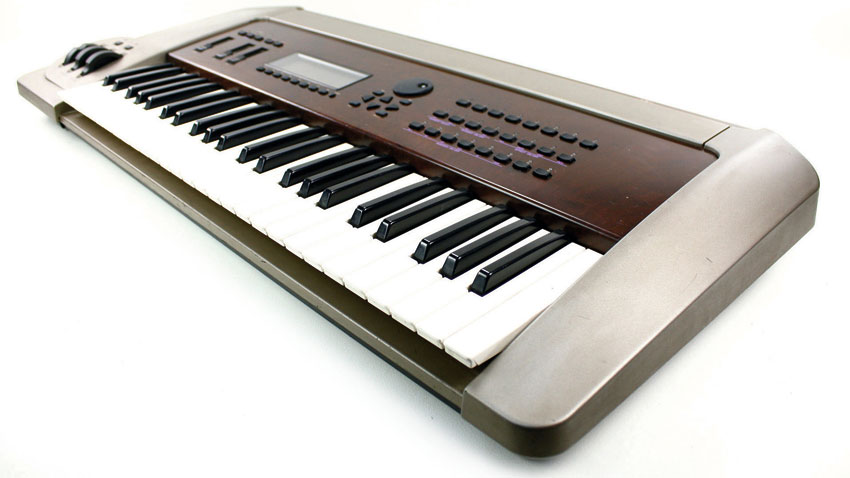
Actually, there (probably) were good reasons why the big synth manufacturers didn’t start (re)making the analogue machines that people craved in the 1990s. Analogue components were hard to come by, they were expensive, and analogue designers were also few and far between.
And besides, why bother with silly old analogue when the latest synth technology could rescue you?! Yes, the cutting-edge synthesis format of the time was physical modelling, a very digital way of recreating real and not so real world sounds, initially championed by the likes of Yamaha with the VL1 synth (above).
It wasn’t long before synth developers realised that they could use physical modelling to… recreate old technology, and virtual analogue was born. It was analogue. But digital.
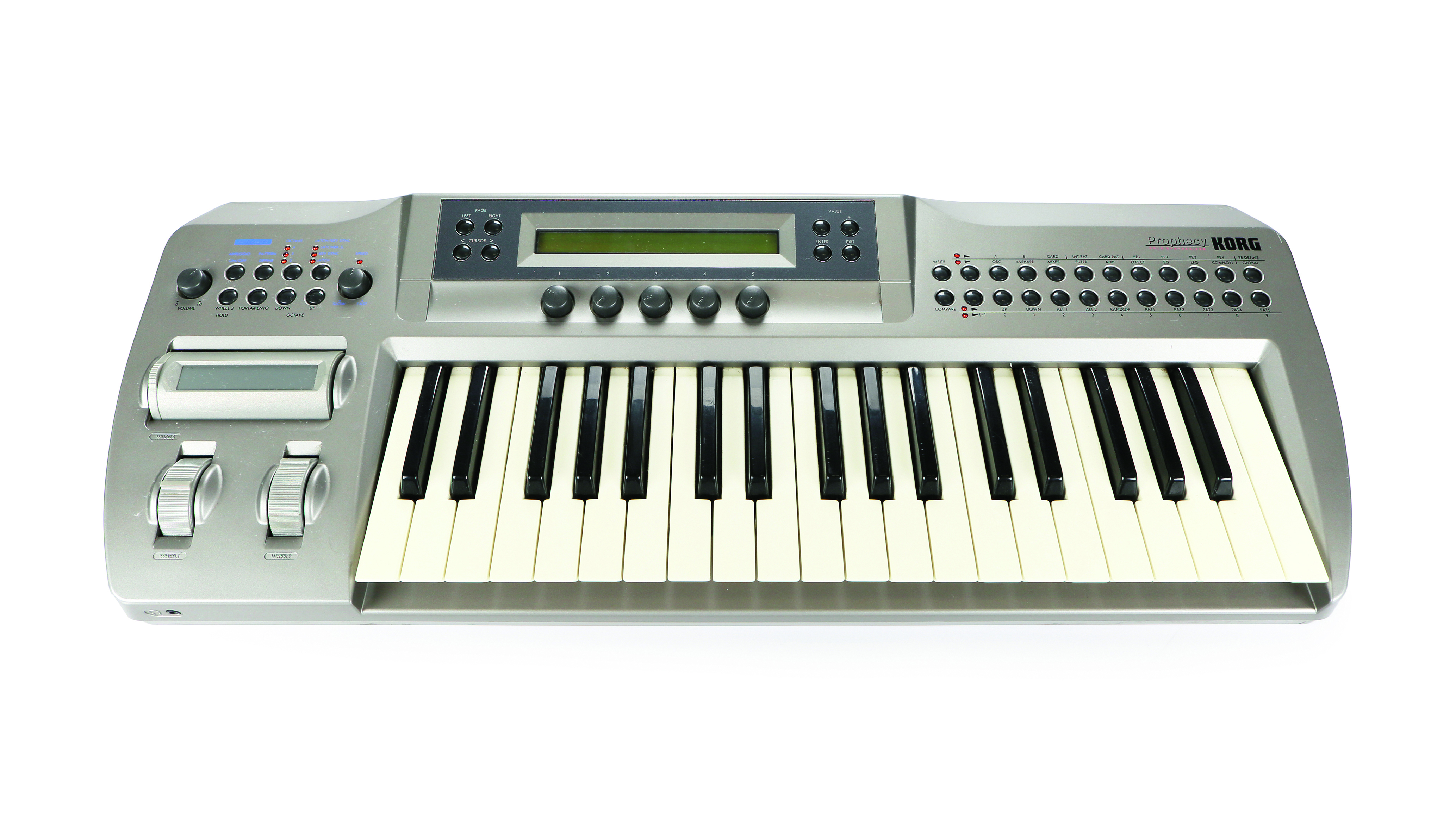
Clavia’s Nord Lead synth was one of, if not the first example. It was quickly followed by Korg with its Prophecy, Roland with the JP-8000, and then Yamaha with the AN1x.
'AN' for Analogue
The Yamaha’s price is extraordinary considering what you get.
The AN1x was the first physical modelling synth created by Yamaha dedicated to analogue modelling. It was cheaper than the rest of the VA bunch of the time, easy to use, and it sounded pretty good for what you could consider a low- to mid-priced synth.
Physically, the AN1x delivered the same kind of hands-on playing experience Yamaha’s CS1x - the Japanese company’s first synth reaction to the analogue revival - had done. That was a machine that was literally an XG sound module with knobs on, aimed squarely at the dance music generation – but actually a lot better than we make that sound.
The AN1x that followed was 'proper VA'. Its virtual analogue engine delivered ten notes of polyphony for one sound, or you could spread these 10 voices across two sounds in Dual mode for five notes of polyphony each. Or you could stack all 10 notes in one note for a huge Unison sound. There were 128 presets sounds and a relatively straightforward ‘analogue' architecture, featuring two oscillators, a filter, three envelopes and two LFOs.

Digital extras came by way of effects (three sets), a cool morphing feature (that let you turn one sound into another) and a sequencer. But the ‘real’ analogue feel came by way of eight assignable rotaries and a ribbon controller – very much a ‘thing’ in the '90s (we loved the one on our Prophecy) – that made this more hands-on than just about any synth of the time (aside from those mentioned above, obviously).
More importantly than any of this is that people loved it. Jarre and Boards of Canada were fans, as were we. Future Music magazine noted at the time that: “the Yamaha’s price is extraordinary considering what you get. There’s an awesome number of features and the sounds are great”.

Sound On Sound gave it the thumbs up. too: “it has the sounds, the features, and the performance interface of the imaginary ideal polyphonic instrument that I dreamed about back in the '70s," was their verdict.
So good was the VA technology within AN1x that it lived on well beyond the synth. It later found a home as plugin board for the Yamaha CS6X and would also morph into the AN200 groovebox.
And as we said upfront, the AN1x lives on today in the latest Montage monster synth. And the fact that it lives on is because the original modelling was good, accurate and reliable. It was also flexible and allows for things that even the huge analogue synths of today might not be capable of.

Right Up To Date
VA synths are responsible for a lot more than they were given credit for
These days, the VA synths of the late '90s get something of a bad rep, simply because ‘proper’ analogue machines are now so common and, arguably, sound better. But actually, they were and still are surprisingly great machines. They were reliable, flexible, didn’t go out of tune and had all the benefits - polyphony, presets, and loads of features - that digital technology bought.
Yes they were a compromise - synths trying to be one thing by using a technology designed for another - but actually, that means they will probably be one-offs, a rarity in synth history.
Analogue synths do ‘analogue’ these days, and digital synths - now also back in vogue thanks to several fantastic releases from Korg (OpSix, Wavestate, Modwave), Arturia (Freaks), Waldorf (M, Iridium) and many more - do lots of very different styles of synthesis, but mostly NOT analogue.
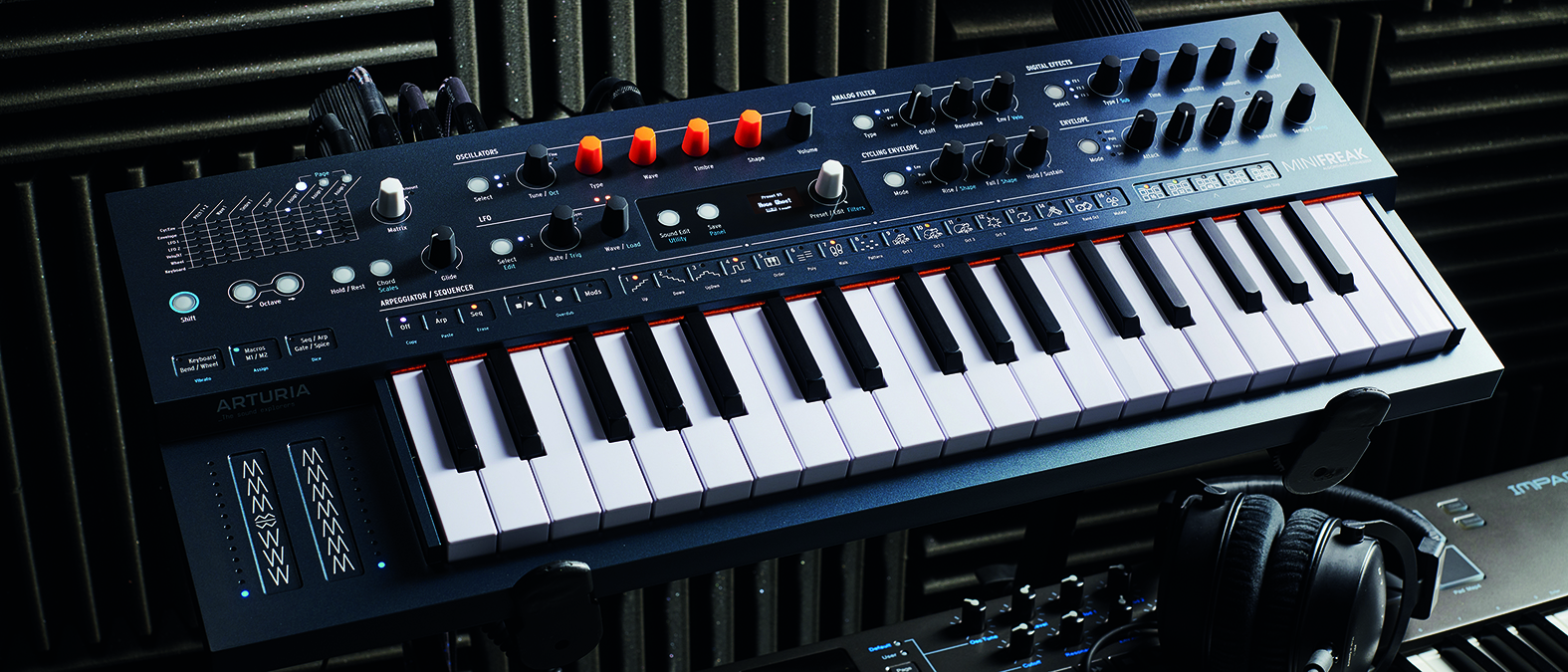
So really, we should be lauding these VAs because without them - and their success at the time - there might not have been the impetus for other companies to get back into the analogue synth game. You could also argue that the VA technology used in these early '90s synths went on to find an entirely new home in the softsynths in your computer.
So let us, just for once, give a nod to the VA synths of yesterday. They might just be an odd footnote in synth history, but they are responsible for a lot more than they were given credit for. All hail the VA.
(And send us a Montage M please Yamaha. And an AN1x while you're at it.)
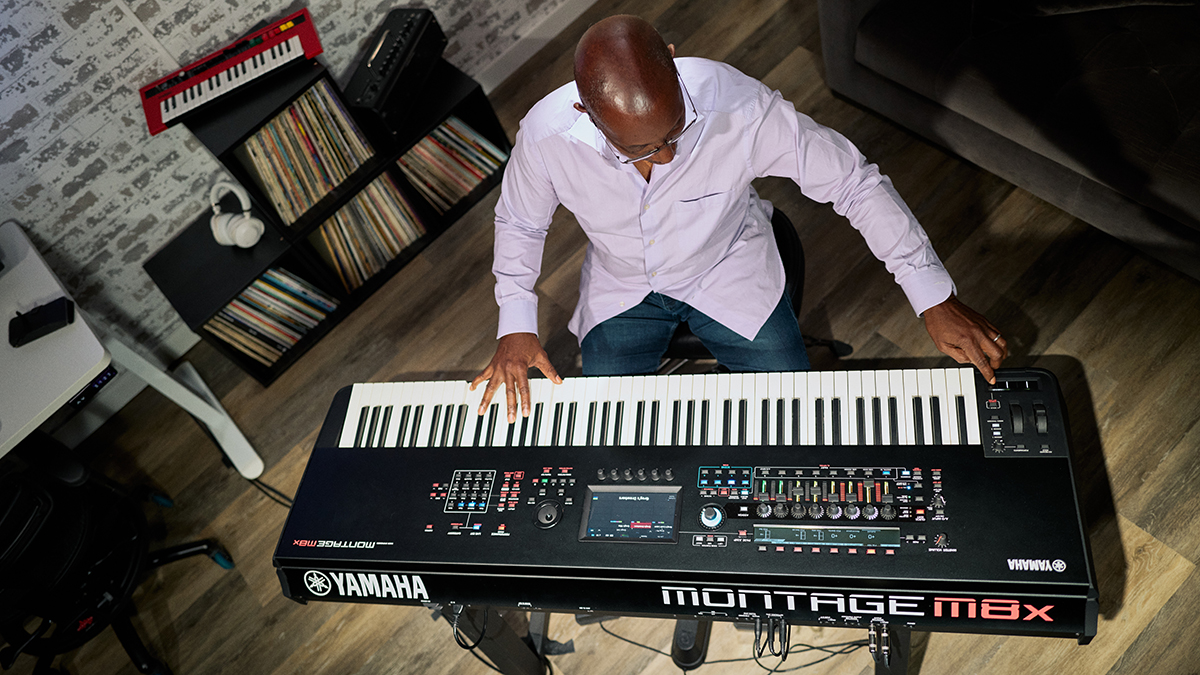


Andy has been writing about music production and technology for 30 years having started out on Music Technology magazine back in 1992. He has edited the magazines Future Music, Keyboard Review, MusicTech and Computer Music, which he helped launch back in 1998. He owns way too many synthesizers.
